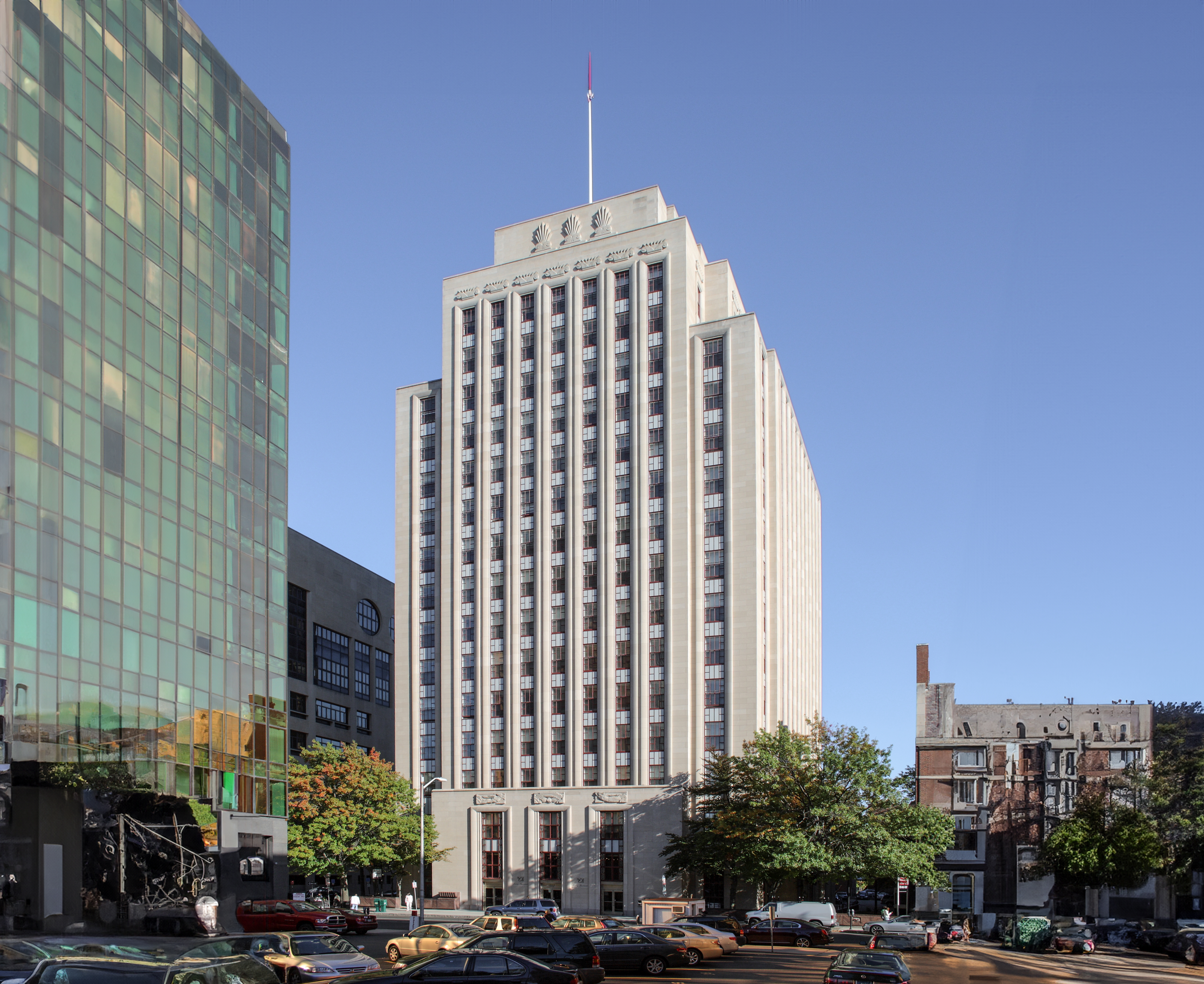The Southern New England Telephone Company Administration Building is an Art-deco skyscraper designed by Roy W. Foote, and built between 1937 and 1938 in New Haven, CT.
Southern New England Telephone Company Administration Building is not the only name you might know this building by though. It is common for companies to want to attach their names to iconic buildings when they move in, or for the general public to come up with nicknames, and this one is no exception. The building has changed names several times over the years, and is also known as:
- Southern New England Telephone Company Administration Building between 1938 and 2004.
- The Eli from 2004 until this day.
Its precise street address is 227 Church Street, New Haven, CT. You can also find it on the map here.
The Southern New England Telephone Company Administration Building is a structure of significant importance both for the city of New Haven and the United States as a nation. The building embodies the distinctive characteristic features of the time in which it was built and the Art Deco style. Because of that, the Southern New England Telephone Company Administration Building was officially included in the National Register of Historic Places on October 24th 1997.
The building has been restored 3 times over the years to ensure its conservation and adaptation to the pass of time. The main restoration works happened in 1955, 1984 and 2004.


